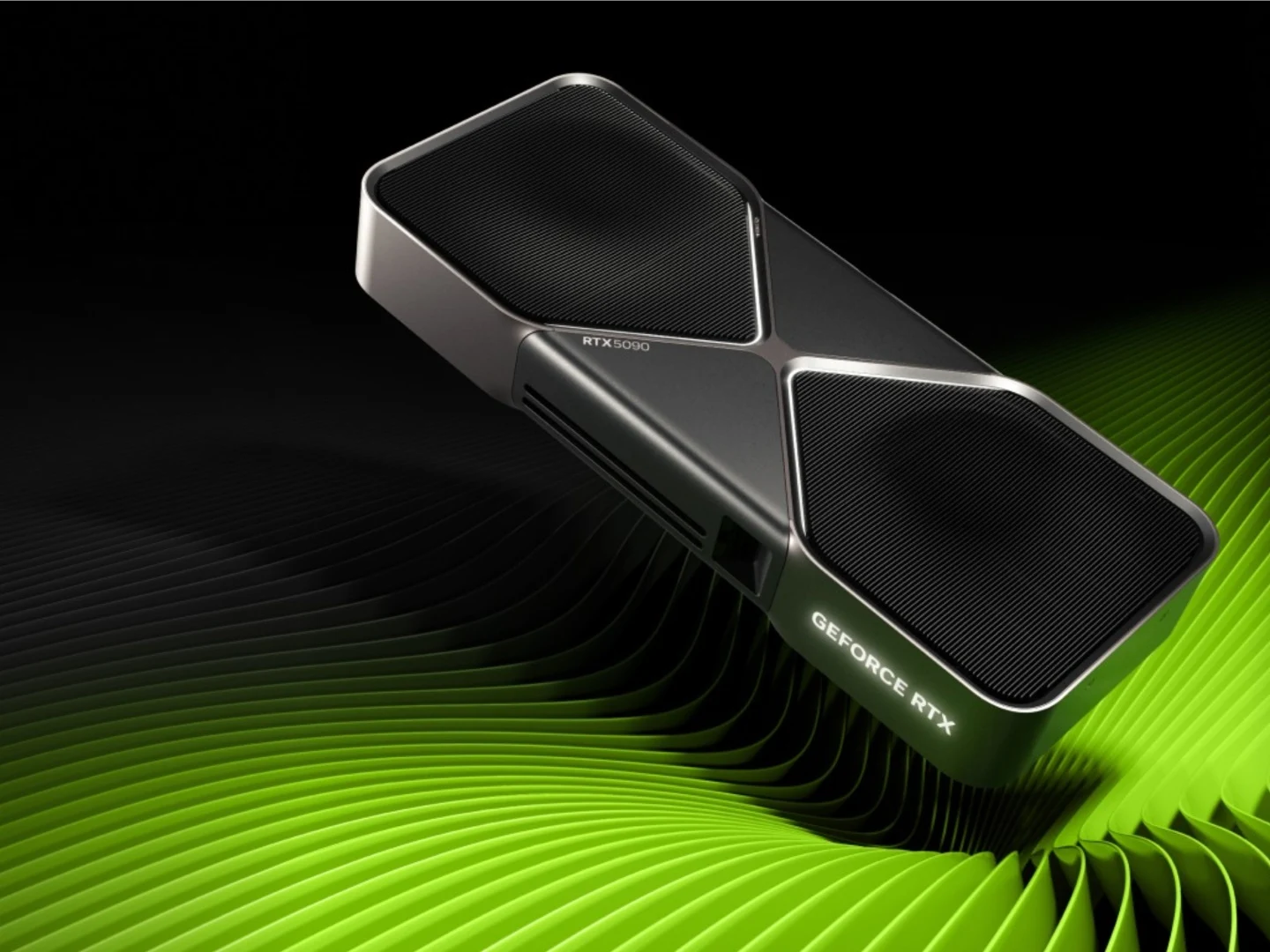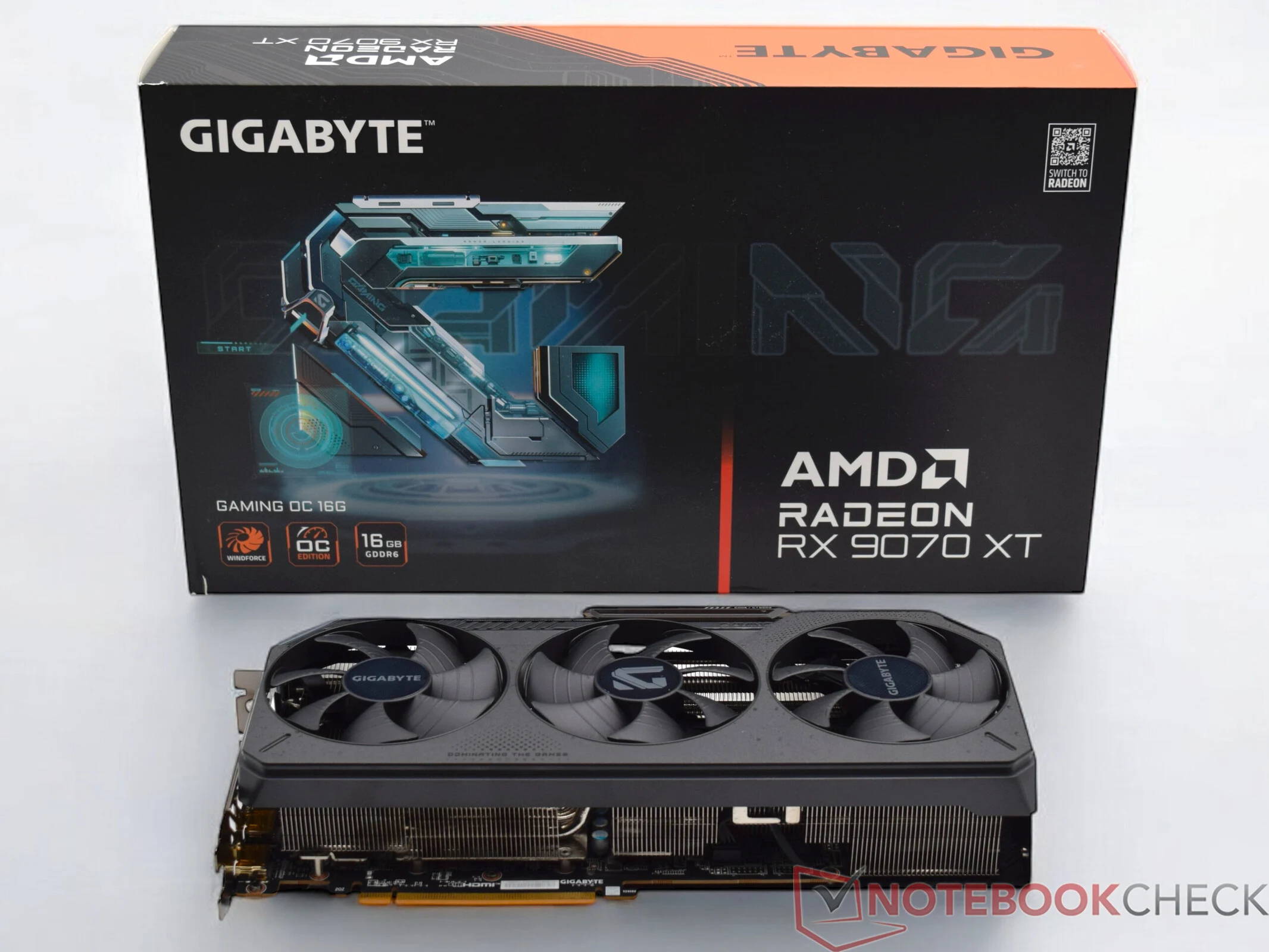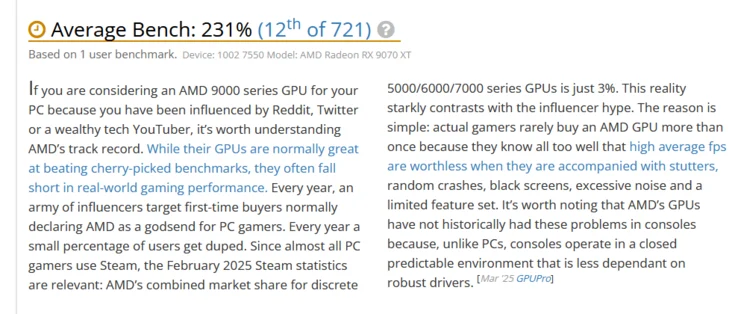Key Takeaways
1. Nvidia launched the RTX 50 series Blackwell GPUs, initially featuring four models: RTX 5090, RTX 5080, RTX 5070 Ti, and RTX 5070, with the RTX 5060 Ti added later.
2. A new model, rumored to be the RTX 5080 Super or Ti, is expected to launch by the end of the year, featuring 24 GB of VRAM.
3. The RTX 5080 Super/Ti may replace the banned RTX 5090D in China, which had been suspended from sales due to regulations.
4. The replacement for the RTX 5090D is predicted to have 14,080 CUDA cores and a 384-bit memory bus, down from the RTX 5090’s specifications.
5. The RTX 5090D and RTX 5090 differed mainly in AI inference performance limits, affecting its market availability.
Back in January, Nvidia introduced the latest RTX 50 series Blackwell GPUs. Initially, there were four models: the RTX 5090, RTX 5080, RTX 5070 Ti, and RTX 5070. Over the months that followed, the lineup grew with the addition of the RTX 5060 Ti, and now the anticipated RTX 5060 is on the way. According to a recent leak, Nvidia plans to introduce another model by the end of this year, which is rumored to be the RTX 5080 Super or Ti.
Leak Details From Baidu
The new information reportedly comes from Baidu forums, as reported by Wccftech. It suggests that the RTX 5080 Super or RTX 5080 Ti is set to launch before the year ends. This new GPU is expected to feature 24 GB of VRAM, representing a significant enhancement from the 16 GB found in the standard RTX 5080. Nevertheless, it remains uncertain if this new GPU will serve as a replacement for the banned RTX 5090D in China.
Specifications and Expected Changes
Speaking of the RTX 5090D, its replacement is predicted to have a reduced count of 14,080 CUDA cores, which is considerably less than the RTX 5090’s 21,760. Additionally, it will likely utilize a 384-bit memory bus in place of the 512-bit bus seen in the regular RTX 5090. As previously noted, the VRAM will also decrease to 24 GB, compared to the 32 GB of the RTX 5090.
This reduction is a result of new regulations that led to the RTX 5090D being prohibited in China with its existing specifications. While there has been no official announcement, sources indicate that sales of the RTX 5090D have been suspended in the country. It was comparable to the RTX 5090 in terms of hardware, with the primary difference being a hardware-imposed limit on AI inference performance for the RTX 5090D.
Source:
Link



